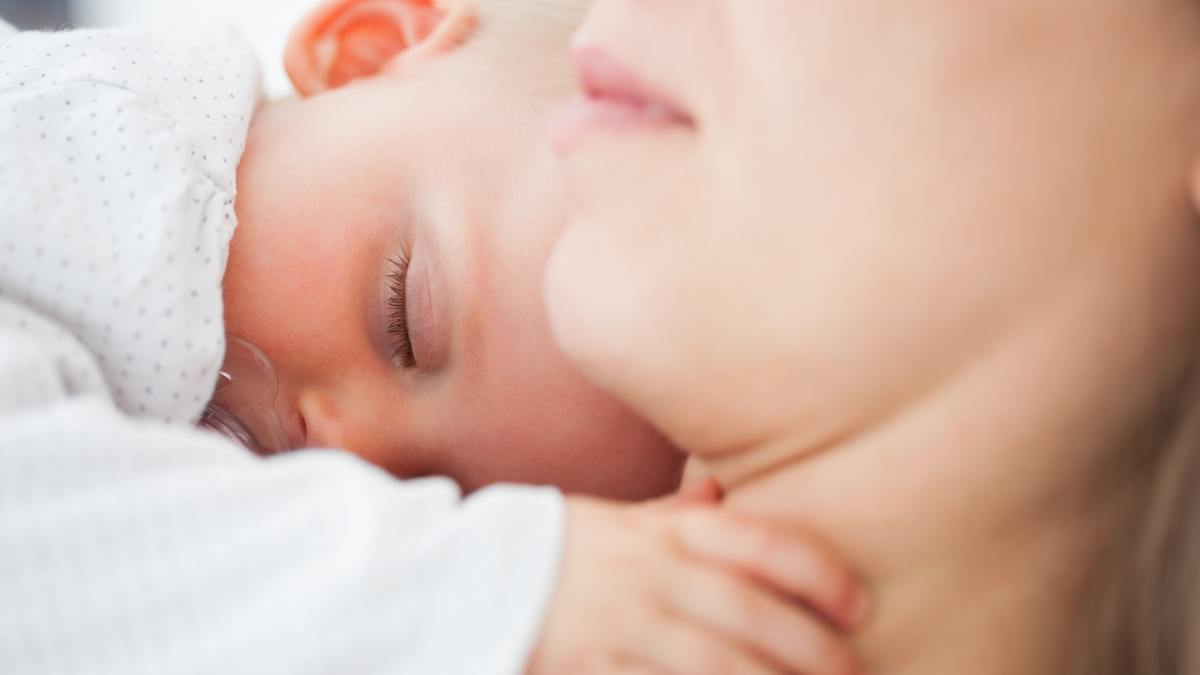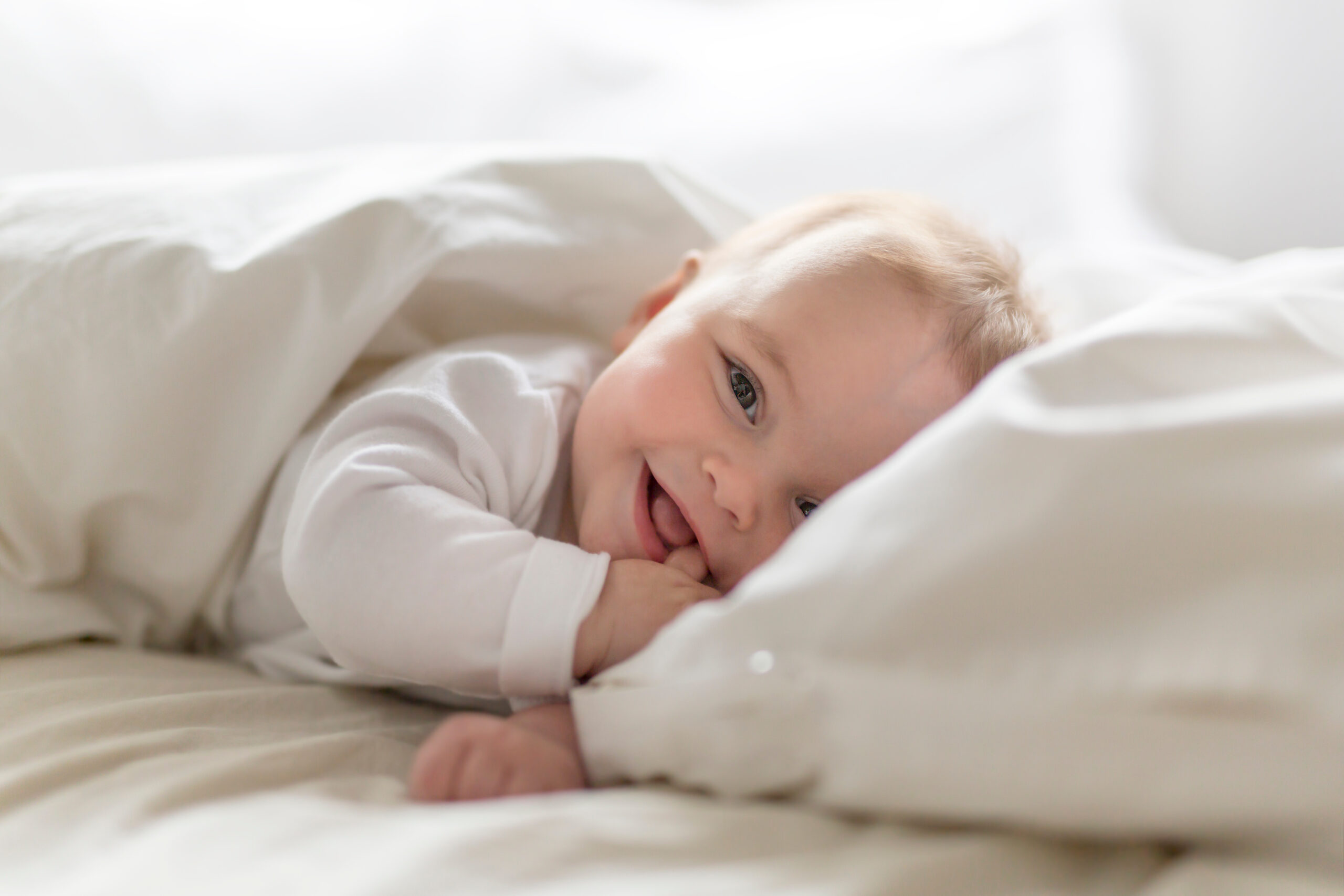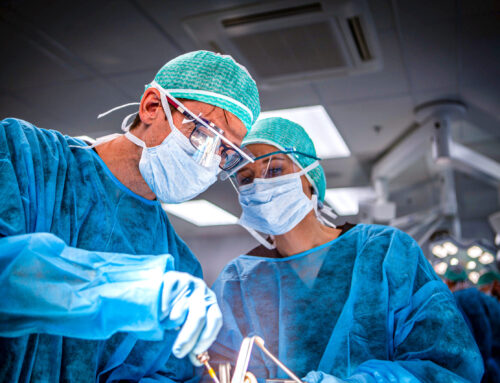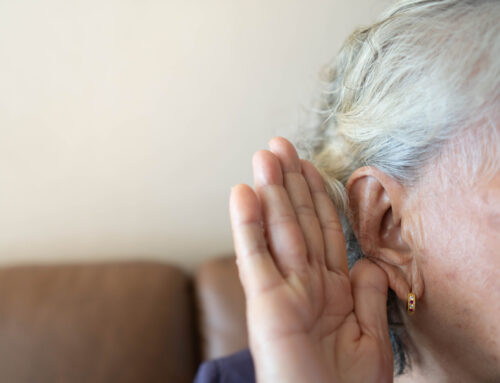From first suspicion to hearing again with a cochlear implant
Deaf baby: A possible hearing disorder must be clarified as soon as possible, so that further steps can be made. This might also mean taking all medical and technical solutions into consideration. In the case of deafness or severe profound hearing loss, the cochlear implant is the treatment of choice.

The first steps if you suspect that your baby has hearing loss
Immediately after the birth of a child, the so-called newborn hearing screening (NGHS) is carried out in whole Austria, in addition to other important initial baby examinations. This uncomplicated test method is gentle on the baby and provides rapid initial information on any abnormalities. Of course, in order to be able to detect a possible unilateral deafness in time, this examination should be performed on both ears.
Further steps towards a specialist
The paediatrician is the first point of contact for parents after discharge from the maternity clinic. If the newborn hearing screening at the maternity hospital was abnormal, but you were not automatically referred to an ENT clinic, the pediatrician is also an important contact with whom you can discuss the issue. The reason is: how early hearing impairment is discovered is crucial for the auditory and speech development in the early childhood.
Since the newborn hearing screening can show only a first indication of a possible hearing disorder, further important examinations are necessary. For instance, a so-called brainstem audiometry (BERA) provides very precise information on the hearing status of the child.
Deaf baby: the choice of a cochlear implant
If it turns out that the degree or type of child’s hearing impairment cannot be treated with a hearing aid, you should consider the possibility of an implantable hearing system for your child. The decades of experience in the implant development and the satisfied users might make the decision to take this important step easier. Meanwhile, one thing is certain: the diagnosis deafness can be easily overcome thanks to the long experience and technical development.
Cochlear implant surgery
What happens during a cochlear implantation, what requirements are necessary for it, what preparations must be made in advance and what to keep in mind after the operation?
If all hearing examinations lead to the decision for a cochlear implant, the path to hearing (again) follows these steps:
Necessary preliminary tests:
- A comprehensive internal examination is standard prior to any surgery and ensures a complication-free surgical and recovery process.
- A computer tomography for the “inside view” as well as the specials tests of the auditory nerve are the basic requirements for a successful implantation.
Measures before surgery:
- Avoid situations where you could easily catch a cold before the surgery
- Check list of regular medications of your child with the doctor prior to the surgery.
Support person in the hospital
For most parents, it is a given that they do not want to leave their child alone in the hospital in any circumstances. For this reason, one parent or grandparent often stays overnight in the hospital as well. Most public hospitals allow accompanying persons to stay overnight with a child below the age of 18. Find out in advance from your hospital of choice about any costs or think about taking a so-called companion care cost insurance.
The surgery and provision with a cochlear implant
After decades of further development of surgical techniques, the duration of surgery is now much shorter. Today, this surgical procedure is considered a standard surgery performed in many ENT clinics and takes about one to two hours, even with simultaneous implantations on both sides.
During implantation, the receiving coil is fixed in the skull bone behind the ear and an electrode array is inserted into the cochlea through a small opening called the round window.
An intraoperative test ensures that the child responds positively to the initial stimulations of the implant.
After the surgery:
- As the cut is small, the wound pain will not be too severe or will not last long.
- After discharge, one should take care of the following:
- Possible intake of necessary medication (antibiotic, painkillers, etc.)
- No hair washing until the stitches are removed
- General rest in the first weeks after the surgery
The first fitting
The first fitting takes place at the earliest after the stitches are removed (around ten days after the surgery), but at the latest four weeks after the surgery. The patient receives the external part of the implant, the so-called “audio processor”, which is worn behind the auricle or as a button processor (slightly above). The system can only be activated by doing this. Until this day, the ear is still deaf after the operation. The audio processor is switched on and adjusted. Audio signals can immediately be transmitted to the implant and perceived. A memorable moment for a patient and their relatives!
Early hearing support
The aim of early hearing support is to promote the skills of affected children and their parents. Improvement of communication skills, integration of hearing and a consistent developmental education support are the main aims in early support.
Involving the family is an absolute must; parents are the most important partners in the joint work with the child. The early hearing support staff usually visit families in their home environment, and advise and support them in the choice of nursery and accompany them to specific appointments.
Regular meetings where parents can exchange ideas are also offered in many places, where the children have the opportunity to play in a group with other hearing impaired children.
Mehr über Cochlea-Implantate
Find out more about the surgery (implantation) here!

You are reading:















